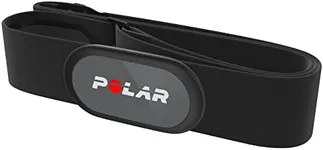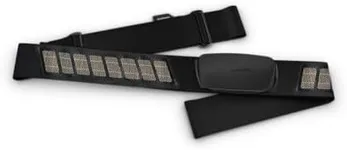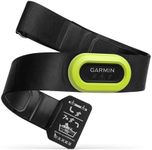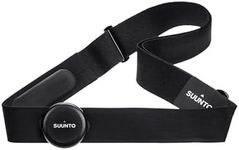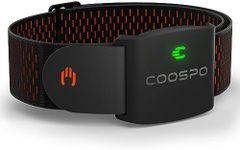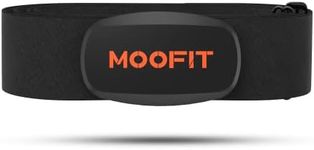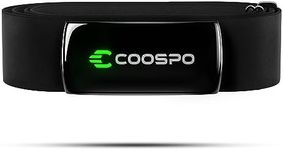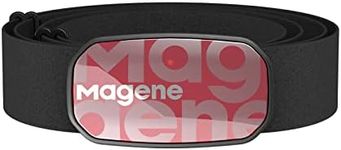Buying Guide for the Best Chest Heart Rate Monitor
Choosing the right chest heart rate monitor can significantly enhance your fitness routine and help you keep track of your cardiovascular health. A chest heart rate monitor is a device that straps around your chest and measures your heart rate in real-time, providing accurate data that can be used to optimize your workouts and monitor your heart health. When selecting a chest heart rate monitor, it's important to consider several key specifications to ensure you get the best fit for your needs.AccuracyAccuracy is crucial for a chest heart rate monitor because it determines how reliable the data you receive is. Accurate readings help you make informed decisions about your workout intensity and overall health. Generally, chest heart rate monitors are known for their high accuracy compared to wrist-based monitors. When evaluating accuracy, look for monitors that have been validated in clinical studies or have positive reviews regarding their precision. If you are an athlete or someone who needs precise data for health reasons, prioritize accuracy in your selection.
Comfort and FitComfort and fit are important because you will be wearing the monitor during physical activities, sometimes for extended periods. A comfortable strap that fits well will ensure that the monitor stays in place and does not cause irritation. Chest straps come in different sizes and materials, so consider trying a few to see which one feels best. If you have sensitive skin or plan to wear the monitor for long workouts, look for models with soft, adjustable straps.
Battery LifeBattery life determines how long you can use the monitor before needing to recharge or replace the battery. Longer battery life is convenient as it reduces the frequency of charging and ensures the monitor is ready to use when you need it. Battery life can range from a few hours to several months, depending on the model and usage. If you plan to use the monitor frequently or for long sessions, opt for a model with a longer battery life.
ConnectivityConnectivity refers to how the chest heart rate monitor communicates with other devices, such as smartphones, fitness watches, or gym equipment. Common connectivity options include Bluetooth and ANT+. Good connectivity ensures that your heart rate data is easily transferred and integrated with your fitness apps or devices. If you use specific fitness apps or equipment, check compatibility to ensure seamless data syncing. For those who like to track their progress over time or use multiple devices, strong connectivity is essential.
Water ResistanceWater resistance is important if you plan to use the monitor in wet conditions, such as during swimming, running in the rain, or heavy sweating. A water-resistant monitor will continue to function accurately without being damaged by moisture. Water resistance levels vary, so check the specifications to see if the monitor can handle the type of activities you engage in. For swimmers or those who exercise in all weather conditions, a higher level of water resistance is recommended.
Data Storage and AnalysisData storage and analysis capabilities allow you to review your heart rate data over time and gain insights into your fitness progress. Some monitors store data internally, while others rely on connected devices to save and analyze the information. Look for monitors that offer comprehensive data analysis features if you are interested in tracking trends and making data-driven decisions about your workouts. For those who like to keep detailed records and analyze their performance, robust data storage and analysis features are beneficial.

